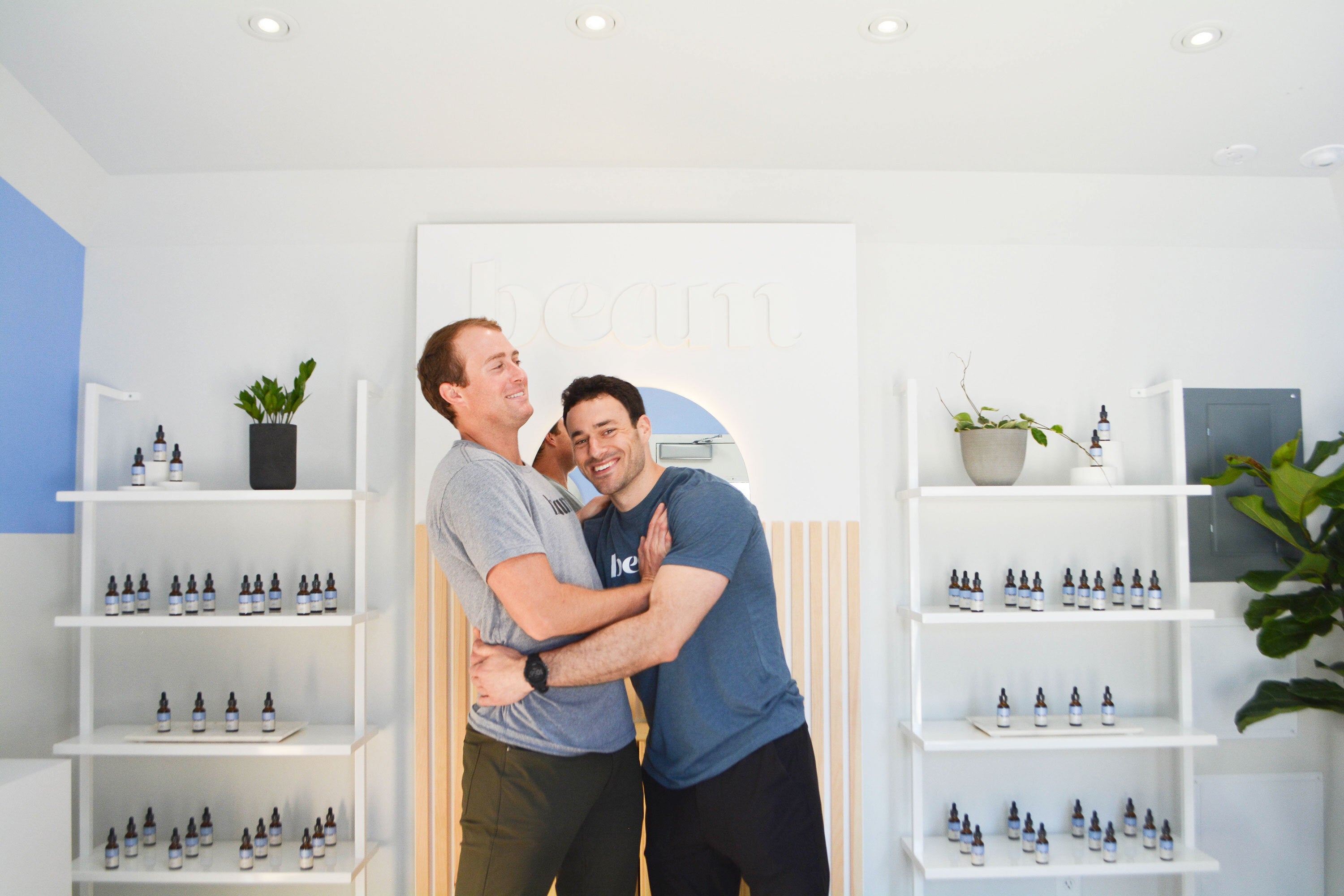So you’ve turned your cocktail-napkin idea into a real business. Now what?
By: Kevin Moran, Co-Founder of Beam
I met Matt Lombardi in business school at Boston College, and we bonded over a shared discipline that drove us both into sport. Matt played hockey, and I was a pitcher on the baseball team. Both of us went on to play professionally, and perhaps because we don’t know when to quit, we both ended up battling career-ending injuries. That’s when our friendship really took off.
As our professional ambitions languished, Matt and I discovered that the drive we shared wasn’t actually specific to hockey or baseball. The mania ran deeper than that, and soon we were both searching for new challenges. Matt fell hard into CrossFit, and I wound up competing in Ironman Triathlons. But we supported each other and often worked out side by side.
I remember a day in 2016 when Matt joined me on a brutal training run leading up to Ironman Mont Tremblant. The workout called for eight-by-five-minute intervals, with each interval growing progressively harder. The last one was five minutes at a six-minute mile pace. This wasn’t exactly a nice easy jog. Matt hadn’t been doing much running at the time, but he insisted on joining anyway. He nearly killed himself finishing that run.
We didn’t know it at the time, but our physical training was leading us toward Beam, the company we built to introduce the highest-quality hemp we could find. We’d both started using the non-psychoactive cannabinoid to manage pain, sleeping problems, and in my case, migraines. It was working wonders, but we were concerned about dubious testing procedures and other quality issues that plague the industry. So in 2018, Beam was born, and we became 50-50 business partners.
To date, we’ve raised about $7M in funding and grown our team to about 15 people. I attribute much of our success to a shared value system and experience with teamwork from our past athletic careers. Matt and I keep our egos in check and we thrive under the weight of heavy challenges. That’s been critical to helping us transition from friends to partners.
But while our relationship is strong, we don’t take it for granted. Over the past couple years, we’ve established guidelines that help us work as efficiently as possible without butting heads more than necessary. These rules are inextricable from our success, and I expect they’ll serve us well in the future as the company continues to grow and evolve.
If you’re in business with a friend, or you’re considering it, then I suggest you start here.
- Split the workload.
As co-CEOs, Matt and I both wear many hats. We’re managers, fundraisers, trend analysts, and supply-chain problem solvers. We do what has to be done, and the list seems to grow daily. But to reduce the risk of redundancy and conflict, we make an effort to divvy the responsibility up equally. With branding and strategy, for instance, Matt’s the go-to guy, while I’m more likely to take charge on issues related to revenue and operations.
I’d encourage you and your cofounder to take an honest assessment of your skills and interests, so that each of you can take ownership over different aspects of the business. In a sense, you’re slicing the CEO role into sub-parts: CEO of technology, CEO of inventory, CEO of human resources, and so on. It’s helpful to know who’s best in each of these areas, and then to act accordingly as often as possible.
That doesn't mean you’re stuck in your lane. For me and Matt, the roles are still somewhat fluid. Many problems are urgent, and whoever’s closest to the grenade jumps on it. But generally speaking, having clear roles and shared values will help your company run efficiently. Plus it will make life easier for your team, since they’ll know who to reach out to when a particular problem arises.
- Trust your partner’s vision, even when you don’t share it.
If you’re going to enter a 50-50 partnership in good faith, then you have to start from the position that everything—literally everything—is negotiable. Unfortunately, that means you won’t always get your way, and you have to be okay with that.
Recently, Matt and I had a heated debate about launching a new product. In my opinion, our sales data suggests that we should be launching a new unique product, but Matt interprets the data differently. He thinks the high cost of said product will doom it to failure.
We battled the decision for 20 minutes, and when we started going in circles, I stopped the conversation. “We need to move on from this and make a decision,” I said. “On a scale of one to 10, how strongly do you feel about not launching this product?”
Matt thought about it. “I’m a nine,” he replied.
A nine! Unless I’m 100 percent confident in the idea—a full 10 out of 10—we’re not moving forward. So I let the idea go, with the caveat that I might want to revisit it in the future. But the bottom line is that unless we’re able to find a middle ground, it’s not happening. And that’s fine by me. In the end, maybe I was right, maybe I was wrong, but this isn’t just my business. It’s paramount to both of us that we make decisions together.
The challenge I’d put to new business partners is to remind yourself, especially during disagreements, that the value of your relationship and brand is far bigger than any one decision. If you trust your partner, then you should believe wholeheartedly that he or she has the company’s best interest in mind.
- Keep it cool in front of the team.
Fortunately, Matt and I agree far more than we disagree. We’re aligned off the bat on 95 percent of decisions. But if we really need to have an all-out battle—like we did while discussing whether to launch the new product—we do it privately. It’s the same strategy parents have relied on for ages: Try not to argue in front of the children.
That doesn’t mean we can’t have passionate discussions out in the open, and indeed, we do it all the time. We often put ideas on the floor for the whole team to weigh in on before making a decision as a company. We put a lot of faith in the collective brainpower of the staff.
But during those open conversations, Matt and I are more careful about how we talk to each other. In private, I might tell Matt his idea sucks royally, and he’d say the same to me. We have that relationship. But at the risk of creating a confusing work environment, I wouldn’t say that in front of our team. He and I need the team to know that we’re aligned. If either co-CEO says something, it’s as good as if we’d both said it.
With an equal partnership, conflict is inevitable, but your success depends on your ability to harness the friction for forward momentum. Use debate to explore ideas, but don’t let yourself become stuck on any one plan. The more time you spend arguing about the future, the less energy you have for the hard work of building it.




